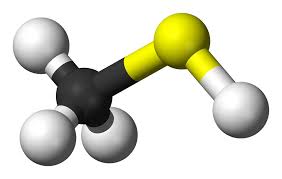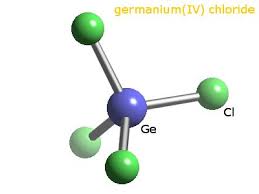Uses of Methanethiol
Oct 21,2019
Methanethiol is the lowest thiol in aliphatic hydrocarbons with a very smelly odor and threshold value of 0.01×10-6. It is hypnotic and high concentration may cause central nervous system paralysis. Like hydrogen sulfide, it may cause damage to the conjunctiva and cornea. With a strong ability to combine with heavy metals in biological tissues, methanethiol can combine with the trace elements required by the human body to form inert compounds, which are excreted and repeated inhalation is extremely dangerous. Contact with the skin may cause irritation and lead to congestion.

Methanethiol is mainly used to prepare methionine, lysine and tryptophan. Methanethiol is also used as raw materials in the manufacture of pesticide, herbicides and insecticides such as "fenthion", "methionate", "profenium", "pucaojing" etc. Methanethiol is also used as raw materials for spices and wool dyeing auxiliaries, raw materials for the preparation of chlorosulfonyl and methanesulfonyl chloride. Methylsulfonyl chloride is used as alkylation catalysts, dehydrating agent, electroplating agent, anticorrosive agent and etherification accelerator for polymerization. Chlorosulfonyl is used as an etherification and polymerization catalyst, a stabilizer for liquid SO3, a dry oil curing accelerator, reacting with an amino group and a hydroxyl group, and can be used as a mesylate group. It is also used as odorant in gas industry.
Methanethiol is also used for communication in mining operations . Releasing the substance into the ventilation system is generally the most efficient and reliable means to alert all workers of an emergency , and is referred to as "releasing the pest" ,This substance's strong odor alerts the miners to immediately go to a safe room. Since natural gas and propane are colorless and odorless, a small amount of methyl mercaptan or ethyl mercaptan is added to make it easy to detect a gas leak.
Reference
W. Mertz, Chromium occurrence and function in biological systems. Physiol. Rev. 49, 163–239 (1969).
R. A. Andersen and A. S. Koslovsky, Chromium intake, absorption, and excretion of subjects consuming self-generated diets. Am. J. Clin. Nutr. 41, 1177–1183 (1985).
R. A. Ducer et al., Atmospheric trace metals at remote northern and southern hemisphere sites: pollution or natural Science 187, 59–61 (1975).
- Related articles
- Related Qustion
Germanium(IV) chloride often is obtained as a byproduct of germanium metal production. The process involves heating germanium oxide, GeO2, with sodium chloride and coal.....
Oct 21,2019Metal halide and Halogen saltTitanium nitride, abbreviated as TiN, is an extremely hard, synthetic ceramic material with hardness close to that of diamond.....
Oct 21,2019Inorganic saltsMETHYL MERCAPTAN
74-93-1You may like
- How to synthesize Benzyl vinylcarbamate?
Mar 26, 2024
- Polypropylene and Polyvinyl chloride: Which one is better?
Mar 21, 2024
- How to synthesize Isoprene?
Mar 20, 2024
METHYL MERCAPTAN manufacturers
- METHYL MERCAPTAN
-

- $15.00 / 1KG
- 2021-07-13
- CAS:74-93-1
- Min. Order: 1KG
- Purity: 99%+ HPLC
- Supply Ability: Monthly supply of 1 ton
- METHYL MERCAPTAN
-

- $15.00 / 1KG
- 2021-07-09
- CAS:74-93-1
- Min. Order: 1KG
- Purity: 99%+ HPLC
- Supply Ability: Monthly supply of 1 ton
- METHYL MERCAPTAN
-

- $100.00 / 25KG
- 2019-07-06
- CAS:74-93-1
- Min. Order: 25KG
- Purity: 98%
- Supply Ability: 1000KG





